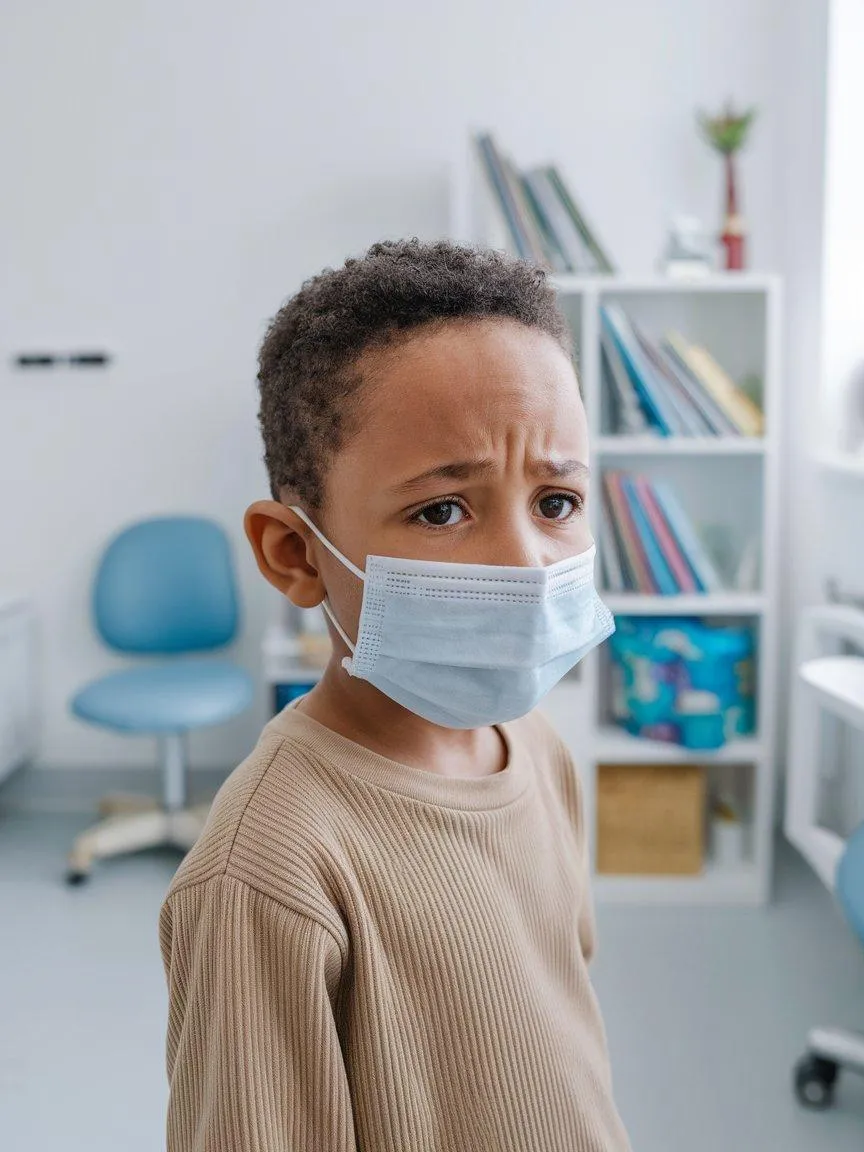Sickle Cell
Sickle cell disease is a genetic blood disorder where red blood cells become sickle-shaped, blocking blood flow and causing pain, fatigue, and other issues. You're not alone—support is available.
With proper care and treatment, those with sickle cell can lead healthier, fuller lives. Learn how to better understand and manage the condition.
Understanding Sickle Cell Disease
Sickle cell disease (SCD) is a lifelong condition that brings unpredictable pain, fatigue, and ongoing health issues. It affects every part of a person’s life, often in ways others can't see.
Support means more than medical care—it’s about recognizing their struggles, addressing mental health, and offering compassion. Listening, validating, and advocating can make a real difference.

Approximately 300,000 babies are born with sickle cell disease annually, with over 75% of these births occurring in sub-Saharan Africa.
Source: GlobalSickleCellDisease.org

In 2021, sickle cell disease was responsible for an estimated 373,000 deaths globally, which is 11 times higher than previously recorded figures.
Source: Institute for Health Metrics and Evaluation

Sickle cell disease is the 12th leading cause of death globally among children under five years old.
Source: Institute for Health Metrics and Evaluation
Common Conditions:
Chronic Pain
Many people with sickle cell experience episodes of pain, often in the bones, chest, or joints.
This happens when sickle-shaped blood cells block blood flow. Pain can come and go or sometimes last longer and become part of daily life.
Anemia (Low Red Blood Cells)
Sickle cells break down faster than normal red blood cells, which can lead to anemia.
This may make you feel tired, weak, or short of breath because your body isn't getting enough oxygen.
Infections
The disease can weaken the spleen, an organ that helps fight germs.
This means people with sickle cell are more likely to get infections like pneumonia. Vaccinations and early treatment are key to staying healthy.
Stroke
Blocked blood vessels in the brain can cause a stroke, especially in children with sickle cell.
Regular checkups and special tests can help catch problems early and prevent serious complications.


Common Symptoms:
Pain Episodes (Crises)
People with sickle cell disease often experience sudden episodes of severe pain, known as "pain crises." These happen when sickle-shaped red blood cells block blood flow through tiny blood vessels.
The pain can occur anywhere in the body, but it's most common in the chest, arms, legs, and back. Pain can last for a few hours to several days and sometimes requires hospital treatment.
Fatigue
Fatigue, or feeling extremely tired, is very common because sickled cells don't live as long as normal red blood cells.
This leads to anemia — a condition where the body doesn't have enough healthy red blood cells to carry oxygen. Without enough oxygen, the body feels weak, tired, and short of breath.
Swelling in the Hands and Feet
Sickle cells can block blood flow in the small blood vessels of the hands and feet, causing swelling and tenderness.
This is often one of the first signs of sickle cell disease in babies and young children. It can be painful but is usually manageable with fluids and pain relievers.
Frequent Infections
The spleen — an organ that helps fight infections — can become damaged early in people with sickle cell disease.
As a result, they are more vulnerable to infections like pneumonia, meningitis, and the flu. Preventive measures, like vaccines and sometimes daily antibiotics, are very important.
Delayed Growth and Puberty
Children with sickle cell disease may grow more slowly and reach puberty later than their peers.
This happens because the body is working hard to produce red blood cells to replace the ones that die early, leaving less energy and nutrients available for growth and development.
Common Myths & Facts
❌ Myth: People with sickle cell disease are always in pain.
✅ Fact: While pain crises are a major feature of SCD, not all patients experience constant pain.
❌Myth: Sickle cell disease is contagious.
✅Fact: Sickle cell disease is not contagious — it is a genetic disorder, meaning it is inherited from a person’s parents.
❌ Myth: There’s no treatment for sickle cell disease.
✅Fact: There are treatments that can help manage the symptoms and complications of SCD.

Our Approach
We use lifestyle changes, herbal remedies, acupuncture, and anti-inflammatory nutrition for lasting relief.

Identify Root Causes
& Triggers
We conduct a comprehensive health assessment, including a deep dive into medical history, lifestyle, and symptoms.
This helps us uncover potential triggers such as dietary sensitivities, stress, environmental toxins, infections, and genetic predispositions that may be contributing to autoimmune dysfunction.

Advanced Testing
& Analysis
We utilize cutting-edge functional lab tests to gain deeper insights into immune imbalances, gut health, inflammation markers, hormonal disruptions, and toxin exposure.
These tests help us pinpoint underlying factors driving autoimmune responses and guide personalized interventions.

Personalized Healing
Plan
Based on the findings, we create a customized protocol that includes targeted nutrition, gut healing strategies, stress reduction techniques, detox support, and natural supplementation.
This approach focuses on reducing inflammation, supporting immune function, and restoring overall balance for long-term wellness.

Holistic doctor Dr. Charlie Ware blends acupuncture, functional medicine & diagnostics to help you heal pain naturally and uncover the root cause of chronic diseases.
Dr. Ware’s clinic is located in Pompano Beach, Florida. He offers in-person visits throughout South Florida and virtual services across the U.S.

